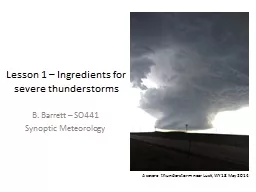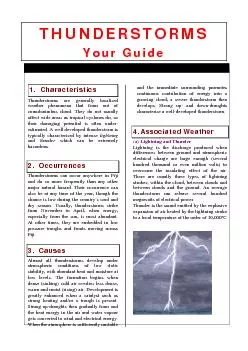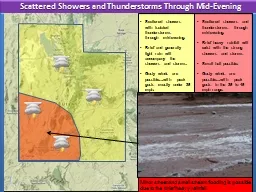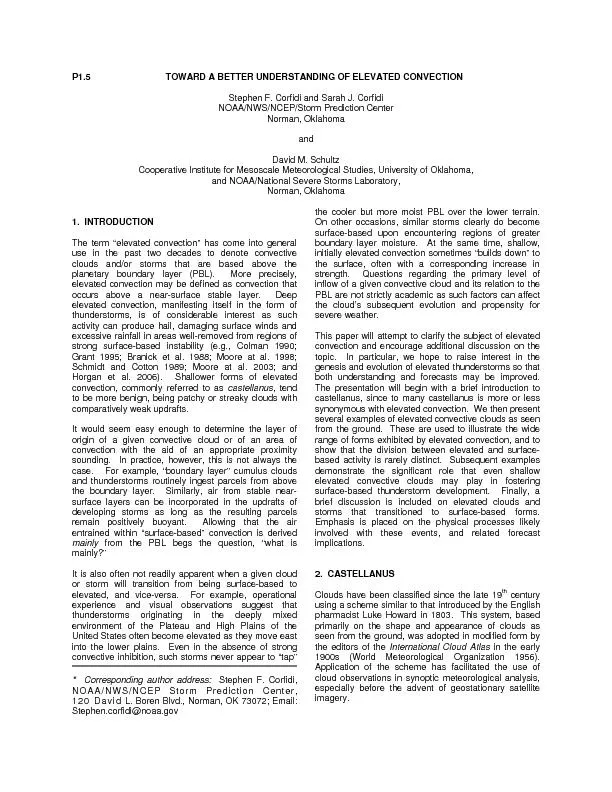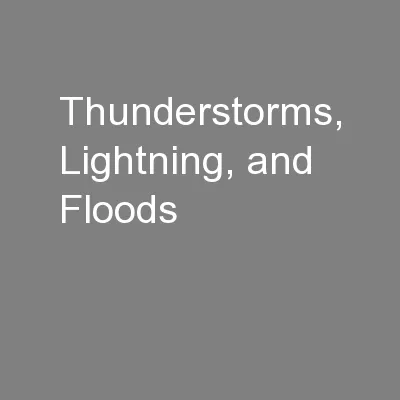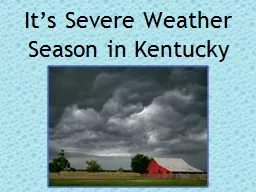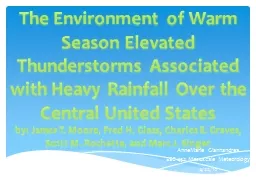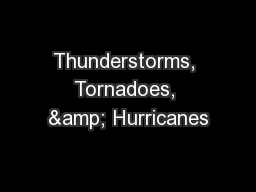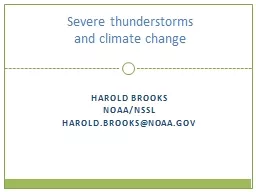PPT-Lesson 1 – Ingredients for severe thunderstorms
Author : jane-oiler | Published Date : 2016-07-28
B Barrett SO441 Synoptic Meteorology A severe thunderstorm near Lusk WY 18 May 2014 Two basic ingredients for severe thunderstorms Good buoyancy Provides strong
Presentation Embed Code
Download Presentation
Download Presentation The PPT/PDF document "Lesson 1 – Ingredients for severe thun..." is the property of its rightful owner. Permission is granted to download and print the materials on this website for personal, non-commercial use only, and to display it on your personal computer provided you do not modify the materials and that you retain all copyright notices contained in the materials. By downloading content from our website, you accept the terms of this agreement.
Lesson 1 – Ingredients for severe thunderstorms: Transcript
Download Rules Of Document
"Lesson 1 – Ingredients for severe thunderstorms"The content belongs to its owner. You may download and print it for personal use, without modification, and keep all copyright notices. By downloading, you agree to these terms.
Related Documents

